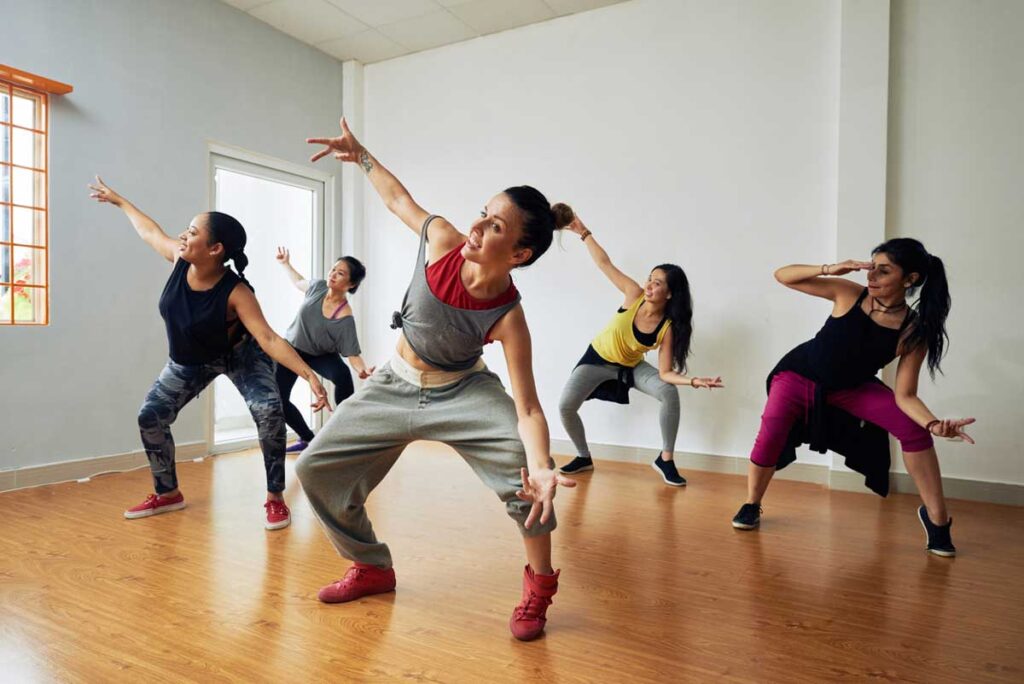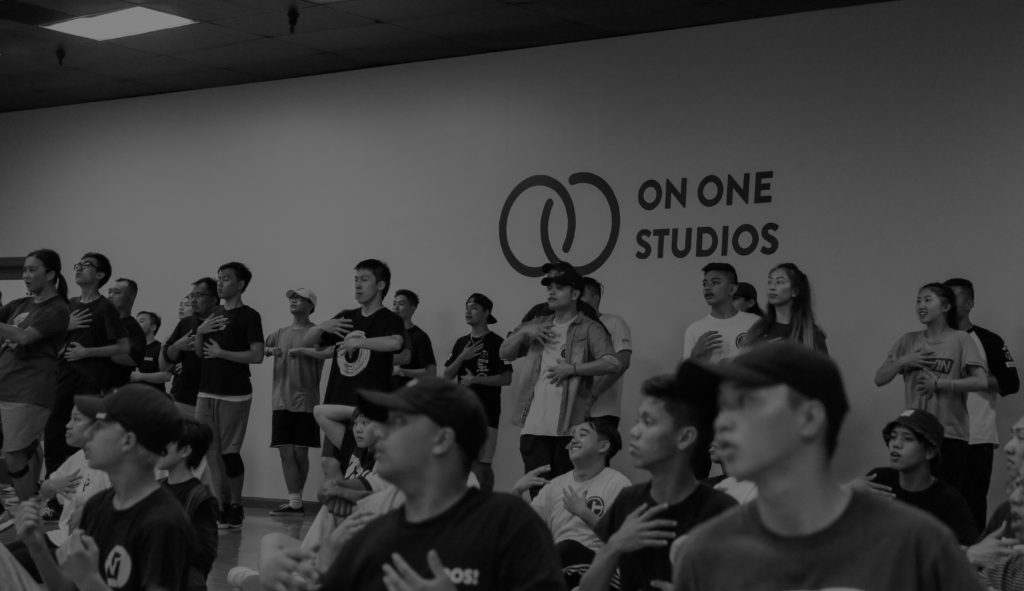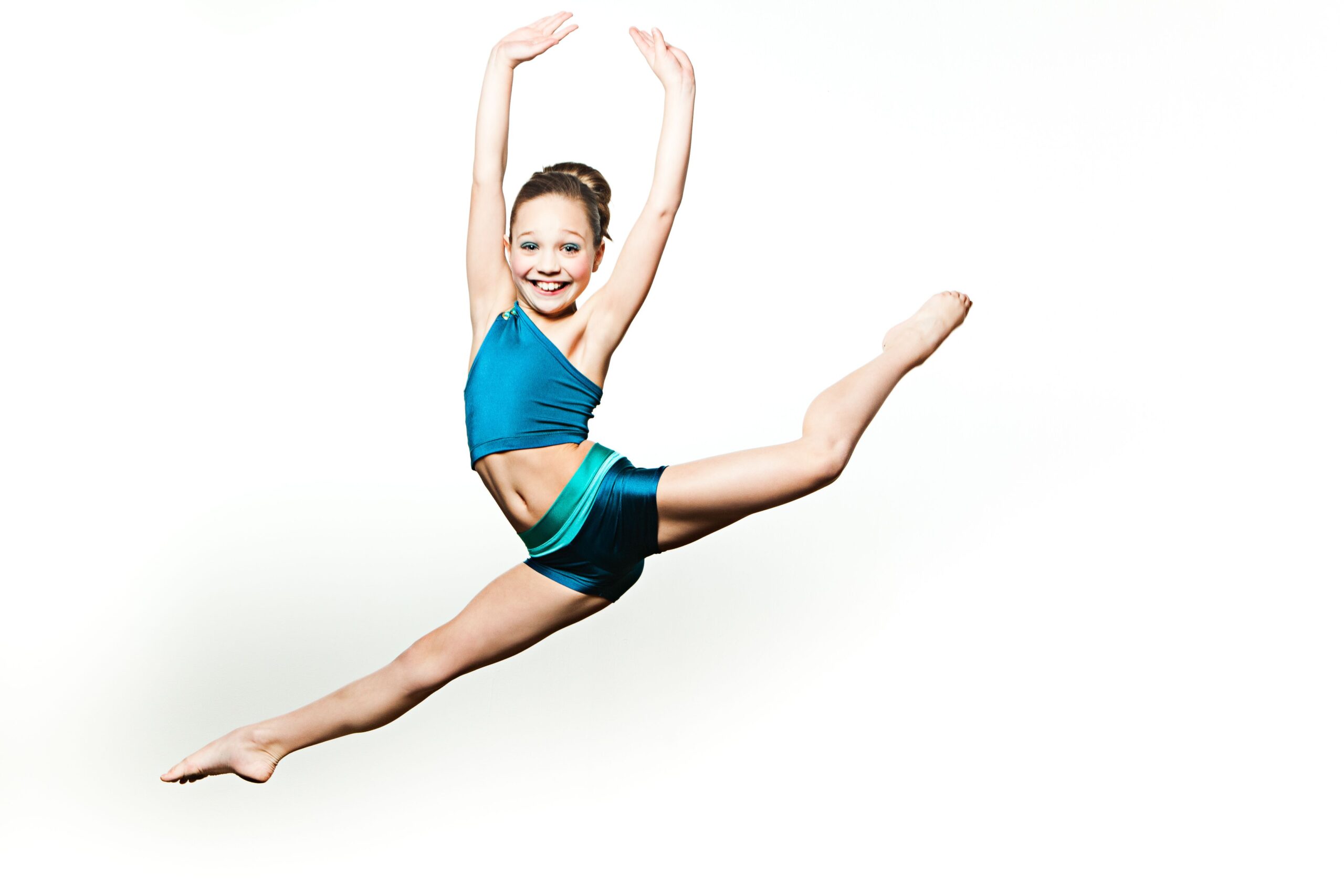What Is Dance Choreography?
Dance choreography is an art form blending creativity and technical skill, perfect for those passionate about expressing emotions through movement. Whether you’re an experienced dancer or a newcomer, this field offers a thrilling yet challenging journey.
With the employment of dancers and choreographers projected to grow 5% from 2022 to 2032, faster than the average for all occupations, there’s an expanding landscape for those intrigued by choreography.
Our insights will guide you through the nuances of this dynamic field. Explore this captivating journey in this article about what choreography means.
Understanding The World Of Professional Dancing
Professional dance involves two key roles: professional dancers, the performers who breathe life into choreography on stage, and choreographers, the creators who shape and structure the sequences, contributing to the evolution of dance as an art form with their unique artistic perspectives.
What Is Choreography?
The definition of choreography is the precise art of crafting dance sequences. Choreographers are the architects of these movements, meticulously designing and structuring a dance piece. Their role involves shaping physical expressions that convey stories, emotions, and concepts.
How Is Dance Different From Choreography?
Choreographers are the creators, shaping dance routines by blending different dance styles into coherent pieces forming unique expressions. On the other hand, professional dancers are interpreters and performers who bring these choreographed sequences to life on the stage.
Who Is Famous For Their Dance Choreography?
Parris Goebel, known for her “Polyswagg” style, blending hip-hop and Polynesian dance, gained fame for her work on Justin Bieber’s “Sorry” video. Her crews, ReQuest, and The Royal Family, reflect her Polynesian roots. Goebel has collaborated with artists like Jennifer Lopez, Rihanna, and Shakira, choreographing for significant events like the Super Bowl.
Like her, there are many other famous choreographers you can learn from. Take Martha Graham and Sean Bankhead for instance.
What Are The Elements Of Dance Choreographies?
Time, energy, and space elements are crucial in shaping performance in dance choreography. Each element contributes uniquely to the structure and dynamics of the routine.
Time
In dance choreography, time governs rhythm, speed, and syncopation, shaping movements to align with music. Choreographers manipulate time for visual effects, employing quick, quick, and slow patterns or adding stops for dynamic contrast. Mastery of time enhances the emotional and kinetic impact of the choreography.
Energy
In dance, energy is all about how you execute movements, emphasizing the “how” rather than the “what.” It serves to express the dancer’s emotions and intentions to the audience. For example, dancing can convey anger through forceful, quick movements, while it can depict happiness with gentle, fluid motions.
Dance energy can be sustained, percussive, swinging, suspended, collapsed, and vibratory, each adding a unique quality to the movement.
Space
Space in dance choreography includes the dancer’s performance area, covering levels, directions, and pathways. It involves floor work, standing movements, and aerial patterns.
Choreographers use personal, negative, and general space, like stages.
Dancers use different levels and directions for visual and emotional impact. Harmonizing these elements captivates the audience’s attention.
Types Of Dance Choreography
You’ll encounter a range of styles as you explore dance choreography. Each style of dance choreography has its unique characteristics and techniques, reflecting a rich diversity in expression and performance.
Jazz

Jazz dance blends classical ballet and modern dance techniques with popular styles of dance, known for its rhythmic agility and precise, syncopated movements. It features dynamic leaps and turns, demanding strength, control, and creativity.
Jazz dance has evolved and greatly impacted contemporary choreography, infusing energy and a spectrum of emotions enriching the expressive possibilities of modern dance forms.
Hip-hop

Born from street and urban culture, hip-hop dance is known for its expressive style with high-energy movements. It includes techniques like popping, locking, and breaking. Originating in the 1970s, hip-hop draws inspiration from African and Latin-American types of dance traditions, which are continually evolving.
It has also absorbed jazz, funk, and contemporary dance elements, creating a dynamic and ever-evolving art form.
Contemporary Dance

Contemporary dance merges modern, jazz, lyrical, and ballet elements, expressing deep emotions through fluid and grounded movements. It emphasizes the connection of mind and body, utilizing floor work, versatility, and improvisation.
This style is known for its torso and legwork, incorporating techniques like contract, release, fall, and recovery, often with variable speed and rhythm changes.
Ballet

Ballet, a structured and highly technical dance form, has a rich history dating back to the Italian Renaissance. It underwent significant evolution in France and Russia. Known for its precision, grace, and demanding technique, ballet is the cornerstone of numerous dance styles.
It encompasses subgenres like classical, romantic, neoclassical, and contemporary. Mastering ballet involves developing a strong core for leaps and turns while enhancing flexibility.
Ballroom Dance

Ballroom dance, rooted in 16th-century France, is known for its elegance and partnership-focused styles, including standard/smooth and Latin/rhythm genres. It covers dances like the waltz, tango, and samba, emphasizing coordinated movements and posture, making it popular in competitive dance.
For those interested in expanding their dance skills beyond ballroom, On One Studios offers diverse classes, including hip-hop, jazz, and contemporary dance. Exploring these classes can provide a comprehensive dance experience. Learn more about these offerings at On One Studios Choreography Classes.
How To Become A World-Class Dance Choreographer
To become a world-class dance choreographer, you must first master the art of dance through rigorous and consistent training. You’re eligible to transition into choreography once you’ve honed your skills and developed a unique dance style that sets you apart.
How To Become A Dancer Or Choreographer
To excel as a choreographer, start with early, comprehensive dance training, possibly beginning at a young age, and contemplate pursuing a dance degree. A solid foundation as a performer is essential for grasping dance intricacies.
Build a choreography portfolio, actively seek project opportunities, and network within the community and dance studios. Continually partake in workshops and masterclasses, all while prioritizing your physical and mental well-being to meet the profession’s demands.
Who Is Eligible To Become A Choreographer?
Becoming a choreographer doesn’t have strict eligibility criteria. Typically, it starts with extensive dance training from a young age, evolving as you refine your skills and creativity.
Mastery comes from disciplined practice, often supplemented by formal education to enhance technique, creative process, and artistic vision. You will need the skills sets below to get started in this career:
Skills
To excel in dance choreography, it’s essential to possess a multifaceted skill set, including:
- Creative Imagination: The ability to develop innovative dance routines.
- Dancing Proficiency: Strong dance skills and fitness are a must.
- Understanding of Dance Steps: A comprehensive knowledge of established dance steps.
- Rhythm and Music: A keen sense of rhythm, music theory, and a good ear for music.
- Anatomy Knowledge: Familiarity with human anatomy.
- Spatial Awareness: Understanding of spatial dynamics.
- Memory: A strong memory for movement sequences.
- Patience: Essential for teaching and collaboration.
- Stamina: The endurance to meet the physical demands of choreography.
- Focus: Concentration is crucial for precise execution.
- Self-Discipline: Maintaining discipline in practice and routines.
- Communication Skills: Effective communication for teaching and collaboration.
- Health and Safety Awareness: Knowledge of safety protocols.
- Business Acumen: Understanding the business aspects of the field.
- Interpersonal Skills: Building and maintaining professional relationships.
Boost Your Creativity And Level Up Your Dance Skills With On One Studios
Dance choreography is an intricate art form that intertwines creativity, technical skill, and deep emotional expression. As the demand for skilled dancers and choreographers grows, this field offers an increasingly vibrant and diverse landscape for artistic exploration.
From the dynamic energy of hip-hop to the elegance of ballet, choreography encompasses a broad spectrum of styles. Whether you are a budding dancer or an aspiring choreographer, this field promises a fulfilling journey, rich in creativity and the joy of movement.
On One Studios offers a rich array of dance classes catering to diverse styles and skill levels, making it an ideal destination for anyone looking to enhance their dance abilities. Whether you’re a beginner or seeking advanced training, the dance studio’s programs focus on technical precision, creative expression, and overall fitness.
Embrace the opportunity to grow as a dancer in a vibrant community, and consider signing up for classes to further your journey in dance. For more information and to enroll in classes, visit On One Studios.

Frequently Asked Questions About What Is Dance Choreography
You might wonder why dance choreography is pivotal to the world of performance. Here are
Why Is Dance Choreography Important?
Dance choreography is important for structuring movement, expressing artistic messages, and enhancing the overall impact of performances.
What Makes A Great Choreography?
Great choreography has innovation, originality, and coherence, blending unique movements with clear, precise execution to transcend traditional dance boundaries.
What Are The 5 Types Of Form And Structure For Choreography?
The five types of form and structure for choreography are AB, ABA, ABAB, canon, and variation, each organizing dance sequences to shape narrative and emotional expression.
What Is A Dance Choreography Concept?
A dance choreography concept is a thematic or narrative framework that guides the creation and arrangement of dance movements, reflecting the choreographer’s artistic intent and storytelling.



